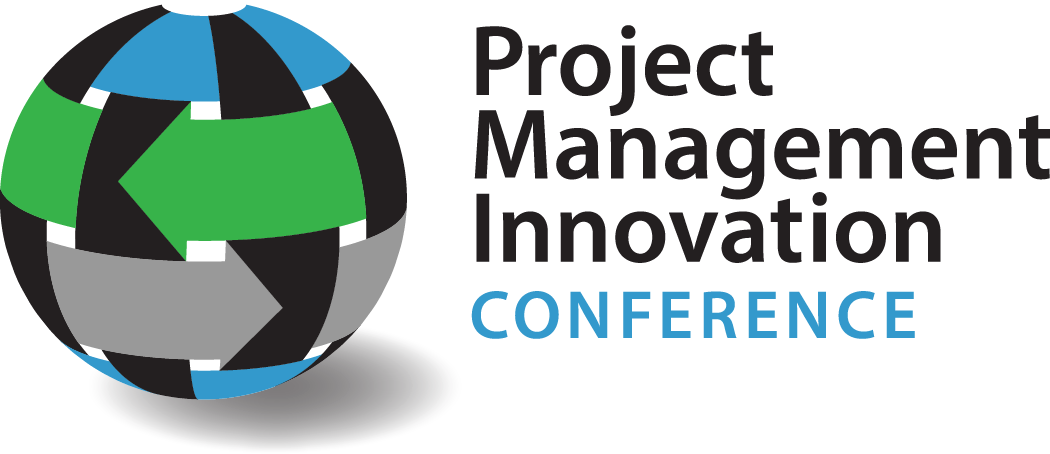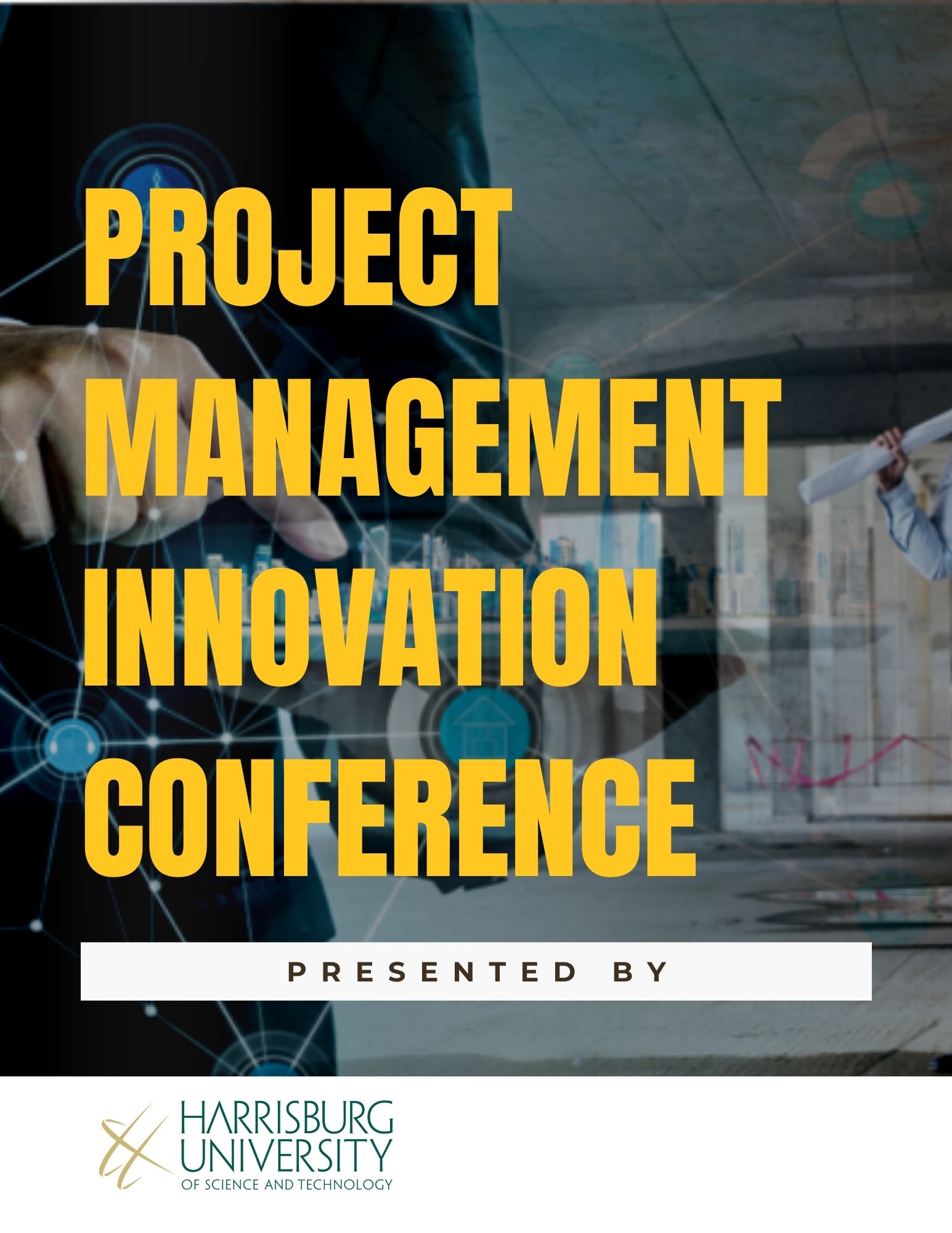Schedule
2022 Schedule
8:45 AM – 10:00 AM | Welcome/Keynote
HIDDEN
Your content goes here. Edit or remove this text inline or in the module Content settings. You can also style every aspect of this content in the module Design settings and even apply custom CSS to this text in the module Advanced settings.
Welcome/ Opening Remarks
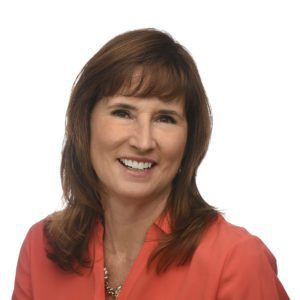
Kelly Powell Logan, VP for Strategic Workforce Development and University Centers
Keynote: Innovation and the Business Relation Manager and Project Manager
Goal: Embrace BRMs and PMs as strategic partners in the project economy to innovate and succeed
Abstract: Humanity has been managing projects since antiquity, but project management as a profession has only existed for about 50 years. In that time, scores of methodologies and certifications supported by hundreds of tools and systems have combined to waste an average of more than 11% of all project investments. With work of all kinds becoming more projectified and global, greater emphasis on strategic alignment and value realization, and a clear need to make every project dollar count, it’s inevitable that change is coming. What’s this change going to look like? What will you do about it? In this talk, we’ll begin our transition to the future by updating our views on how Business Relationship Managers and Project Managers – and even projects themselves – contribute to the future of innovation and strategic success.
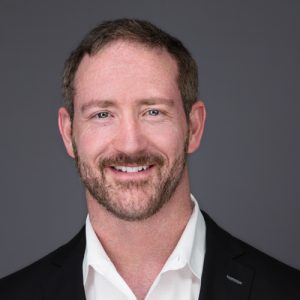
Dr. Philip D. Mann, Assistant Professor of Organization & Management, Harrisburg University of Science & Technology
Printable Schedule
10:15 AM – 11:00 AM | Breakout Session 1
HIDDEN
Your content goes here. Edit or remove this text inline or in the module Content settings. You can also style every aspect of this content in the module Design settings and even apply custom CSS to this text in the module Advanced settings.
Track 1: Managing an Emerging Technology Project: The case of Quantum Computing
Managing projects involving emerging technologies brings even more complexity the manager’s task; perhaps, even the project’s outcome can not be comfortably defined. This talk presents the case of managing quantum computing projects and how the high level of uncertainly affects the articulation of project outcomes and even changes the project manager’s demeanor.
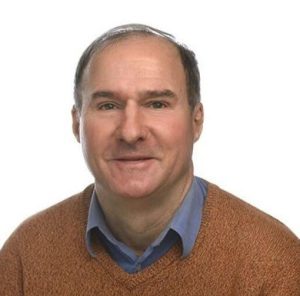
Terrill Frantz, Associate Professor of e-Business and Cybersecurity, Harrisburg University of Science & Technology
Track 2: How Humility Leads to Success
Humility can help us to stay connected to all aspects of our organization. It provides value to employees and allows leaders to not delegate with confidence. By looking at ways we can practice humility we can turn followers into leaders.
Jennifer Williams, Graduate Student, Harrisburg University of Science & Technology
Track 3: Who are You and What Are You Doing Here? Connecting Employees to Purpose in a Large Organization
Connecting employees to an organization’s purpose is critical to sustainable success for any improvement or change effort. Naturally, as leaders in our organizations, our intuition is to communicate—or over-communicate—the vision and mission to everyone to ensure they know what the words say, what the organization is trying to do, and what their role is in that outcome. However, our intuitions fail us by not understanding the array of ingrained values within our workforce and how those values resist growth and change for the whole organization. In truth, most will never be in a position to connect daily tasks to the overarching mission, but that’s okay; they don’t have to for the organization and all employees to flourish. This session will discuss some of the natural decision gateways leaders can leverage to shape and reinforce team culture. By the end, we will learn how to articulate the most impactful changes you can make to build on each employee’s perspective for better staffing decisions that will virtually guarantee employee buy-in and even active cooperation with organizational improvement and transformations.
This isn’t a lecture. If you bring your questions, you’ll leave with a path toward connecting yourself and your employees to your organization’s purpose.
Value to Attendees: Attendees will leave this session with strategies to gain organizational buy-in for organizational transformation initiatives from the different perspective groups found throughout the workforce.

Philip Mann, Assistant Professor of Organization & Management, Harrisburg University of Science & Technology
Track 4: How to use different platforms, techniques and processes to encourage an inclusive conversations
Projects are essentially social interventions conceived, designed and delivered through a series of conversations. Unfortunately, from the moment we’ve established a rough consensus and framed an initial business case, we tend to ignore the significance of conversation. Worse still, we sometimes use the pressure of the schedule as a reason for NOT having a conversation.
Jonathan Norman, Knowledge Manager at the Major Projects Association, explores the role and significance of conversation in organizations and explains how you can grow a project environment built on inclusive and open conversation.
Including topics such as:
1. The key to identifying and amplifying the most influential conversationalists;
2. Preventing the big dog in the room from silencing the rest;
3. Practicing intelligent disobedience;
4. Choosing language for conversations with a purpose;
5. Giving a voice to personality, beliefs and values
6. Building a rhythm to conversations to create expectation and engagement
7. Using conversation to frame the future and preliminate the risks from complex projects

Jonathan Norman, Knowledge Manager, Major Projects Association
11:00 AM – 11:15 AM | Break
11:15 AM – 12:00 PM | Breakout Session 2
hidden
Your content goes here. Edit or remove this text inline or in the module Content settings. You can also style every aspect of this content in the module Design settings and even apply custom CSS to this text in the module Advanced settings.
Track 1: Ethical leadership and Trust
Ethics can be subjective, context and lot of things hidden in the background and sometimes the situation does not present a clear black & white choice, but often shades of grey. We may be forced to pick between the lesser of two evils. What do we do in such situations or don’t do, is important to establish as ethical leader.
In this presentation on Ethical Leadership, we acknowledged and reinforce that ethics and building trust among us matters. We note that ethical behavior promotes trust, which underpins leadership, which is necessary for success. This presentation will include some hands-on exercises, reasons why ethics matters with examples and why and how to build trust among teams. Ethics has always been an increasingly important distinguishing behavior and part of our individual personal brand. There are studies which indicates that why building trust and ethical leadership is revered among the work force generations including millennials.
Finally, we will also talk about PMI Ethics Toolkit developed for use by individuals and groups and how these tools can help increase ethics awareness and competence, and help in making the ethical decisions.
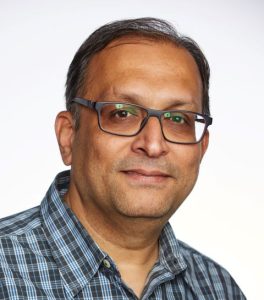
Alankar Karpe, Program Manager, Wipro
Track 2: The Pillars of the new Generation of Manufacturing
Today manufacturing has many challenges especially post COVID-19 we have experienced a major shift. Projects have suffered different types of issues that will cause them to fall behind on delivery or even fail. The new generation of manufacturing will have to adapt and the traditional way of planning, designing, executing new developments is not going to cut it to survive in this dynamic economy. I will share in this presentation my own experience with many manufacturing environments and what I have learned to see from being on the floor then taking it to the planning of future programs.
There are three takeaways in this presentation:
- Emotional Intelligence & Building Relationships
- Technology Complexity and Responsiveness
- Be Open to Change and be Flexible

Abdulmonem Alfadhel, Graduate Studnet, Harrisburg University
Track 3: Seat Belts & Cruise Control: Project Management for Mere mortals
Every day in large organizations, ALM data is used to make forecasts and key decisions about budgeting, staffing, and risk management. Organizations increasingly rely on ALM tools to generate alerts to proactively warn about variances, risks, and shortfalls. Unfortunately, due to late, inaccurate, and incomplete data entry, ALM tools often end up emitting a large volume of false positives, while the real risks remain hidden. We hope that one day, all ALM tools will include a smart (contextual) continuous validation capability to reduce the incidences of dirty data. In the meantime, we propose a solution to this critical problem.
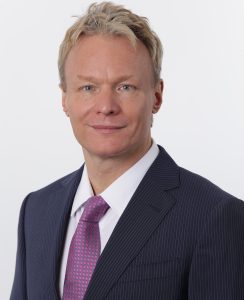
Track 4: Your PMO may be Agile, but is it Lean?
Agile has become one of the most popular project management methods ever. While Agile streamlines the project management process, and makes software development, in particular, much more predictable, it doesn’t necessarily include the traditional methods of Lean implementations such as: the Value Stream Analysis Process (VSAP); waste reduction; 5S; standard work; process metrics; visual management, and continuous improvement.
This presentation will provide both a review of those Lean methods and specific, practical examples of how to implement them in your PMO. Implementing these methods in your PMO can very quickly produce these benefits: increased customer focus; Improved deliverable quality; reduced project costs; increased flexibility; increased responsiveness to market and customer requirement changes; increased visibility into project status, progress, and issue management.
Implementing these Lean methods can reduce the time your business leaders and project managers spend monitoring their projects, allowing them to increase their interaction with your customers and design better solutions for their business problems.
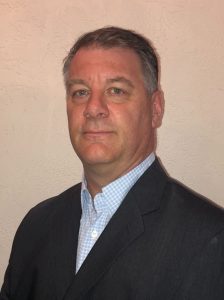
Robert Klym, President, OPS
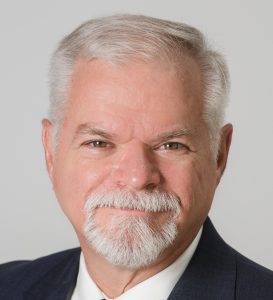
Kevin Boyd, Vice President, OPS
12:00 PM – 1:00 PM | Lunch
1:00 PM – 1:45 PM | Breakout Session 3
HIDDEN
Your content goes here. Edit or remove this text inline or in the module Content settings. You can also style every aspect of this content in the module Design settings and even apply custom CSS to this text in the module Advanced settings.
Track 1: Building Trust on Multi-Generational Teams
As Generation Z enters the workforce, many leaders face the challenge of leading multi-generational teams. In some cases, there are five generations working on the same team, each with their unique outlook on life and work. Can a single leader tailor her style to meet the entire team’s needs? How?
The needs and priorities for each generation are different, and building trust requires that leaders address workers from each generation where they already are. Doing this requires understanding of the general needs of each generation, from traditionalists respect for rules to Generation Z’s need for independent learning.
In other areas, leadership needs to be applied consistently, both in messaging and format, regardless of the individual generations involved. For example, all team members should be held to the same standards of excellence and be given access to the same resources and tools to be successful.
Leaders can build trust successfully within a multi-generational team, although it may take some flexibility and learning on their part. This presentation will look at the needs and priorities for each generation and talk about ways to adjust leadership styles to meet the needs of team members in multiple generations.
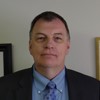
Dan Andrews, Senior Manager, Momentum, Inc.
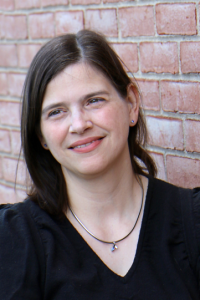
Amy Townson, Senior Manager/Development & Leanring Coordinator
Track 2: Project Management Hybrid Model
Consulting companies list deliverables, timeline, and expectations before the project kickoff, planning, and execution. Along the project planning and execution, more intimate knowledge of the problem can be defined with clients’ collaboration and growing knowledge of the organization. New ideas and requirements, which are out of the pre-defined project scope, arise. Controlling project while making the most out of new opportunities becomes challenging.
We can use waterfall project management structure to meet the well- defined requirements, combining with agile approach to deliver continuous product or service values, capitalize innovation, prioritize product or service features, and optimize efficiency.
It is expected that we will meet customer satisfaction on product or service deliverables, create WOW factors, and deliver continuous value-added product features and applications. Meanwhile, long-term business relationships with clients are nourished during the project.
To sum up, with the waterfall-agile hybrid approach, a consulting firm can deliver the highest quality deliverables with defined resources and strict timelines, explore opportunities with clients, avoid project team burnout, while allowing flexible project planning for complex service or operation projects.

Jiaqi Qian, Senior Managing Consultant, Kepler Consulting
Track 3: Strategic Project Management: Realizing Organizational Value
Feedback is essential since it provides a path to creativity and adaptability. Recent events, involving rapid globalization, the intersecting of multi-cultures, and the pandemic, have made traditional ways to provide feedback ineffective. This helpful presentation will offer new approaches and techniques to provide relevant and meaningful feedback constructively. The vital interpersonal competencies that managers and leaders must develop to elevate the organization will be discussed. In addition, current feedback approaches and techniques, shown to be effective, will be illustrated in a storytelling narrative.
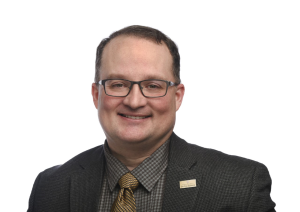
Dr. John Clark, PMP, Full-time Corporate Faculty, Harrisburg University of Science & Technology
Track 4: Principles of Change: Reforming Your Organization
Principles of Change: Reforming Your Organization” inspires you to practice 4 key principles of change to promote reform in your organization: 1) Leadership and Purpose, 2) Governance and Usefulness, 3) Attitudes, Feelings and Resistance, and 4) Social Support. You will tie leadership and purpose to the leader’s intention, understand why clear governance is important, discover how to make your change efforts useful to those who need to change, address negative feelings and inspire positive ones, and create social support to foster team engagement and long-lasting success. Dr. Olsen will illustrate these principles with a case study of Teresa of Avila’s 16th-century reform of a religious order in Spain (she founded 17 new monasteries on muleback), and she will draw from her own research on IT Adoption in the present day to demonstrate how these principles can be acted upon to bring about lasting change in your organization.

Kristina Olsen, Lead Change Manager, City of Philadelphia
1:45 PM – 2:00 PM | Break
2:00 PM – 2:45 PM | Breakout Session 4
HIDDEN
Your content goes here. Edit or remove this text inline or in the module Content settings. You can also style every aspect of this content in the module Design settings and even apply custom CSS to this text in the module Advanced settings.
Track 1: Expecting the unexpected
In general, Project management is based on the premise of a structured framework, whereas the real world is not. When everything is a project, how do we handle a black swan event like the pandemic. In this session, we discuss about how to prepare an organization to expect the unexpected and how the organizational culture will shape the response.
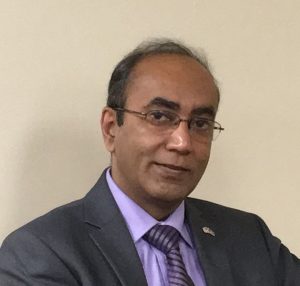
PN Narayanan, Deputy State Treasurer/Chief Information Office, PA Treasury
Track 2: Efficient Management Practices for Built Environment and Emergency Response
Belonging to the Architecture, Engineering and Construction Industry from a design background, there is a lot that goes on behind the scenes to see buildings as the end products. In a rapidly evolving construction industry, where risks are high and inefficiencies are costly, there is a huge gap between the design and construction industry to boost productivity and output.
Being a Structural Engineer in California, we not only work on complex Seismic Engineering design-build jobs, but also work on several existing buildings and their rehabilitation. Adding to the complexity, my company specializes in Forensic Structural Engineering and Emergency Response to study collapse of structures, respond to damages caused by natural events like hurricanes and earthquakes from a structural engineering point of view. We are specially trained engineers and great at our work. But, what sets great engineers apart from the good ones is their understanding of economics and management principles because, ultimately, in the business world, things narrow down to finances.
I plan to talk about best management principles for structural engineers to be efficient and good at their work to deliver the best engineering solutions to their clients.
Parthe Korde, Senior Engineer, Thorton Tomasetti, Inc.
Track 3: Strategy unplugged: Appropriate transparency is not difficult at all. You just need a great leader.
The traditional paradigm of leadership is grounded in principles of hierarchical command and control. Information is highly restricted and disseminated in a need-to-know fashion. In contrast, the new leadership paradigm embraces a culture where information is shared, as appropriate, with all levels of the organization. Trust is enhanced. Ultimately, transparency serves as the foundation for organizational and project success resulting in a clear line of site to strategic ends. By attending this presentation, you will be able to:
• Articulate four critical components of an effective strategy.
• Assess your “trust quotient” as a basis for effective transparency of information.
• Identity how the absence of transparency negatively impacts culture.
• Leverage new leadership paradigms for interdependence.
• Apply appropriate models, methods, and artifacts, found in the Project Management Body of Knowledge (PMBOK 7th ed), for project success

Joe Zagerman, Assistant Professor of Project Management, Harrisburg University of Science & Technology
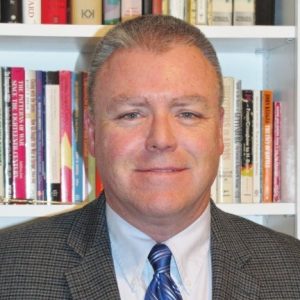
Dan Jensen, Corporate Faculty, Harrisburg University of Science & Technology
Track 4: Relationship management and its importance to the project manager
Let’s face it, humans are social creatures. We thrive on interacting with others; however, do we really give much thought, or put much effort into developing and maintaining constructive relationships? Do we think relationships will just emerge out of thin air? Why should the project manager add relationship development and management to an already overloaded portfolio of skills – because the project manager cannot afford to neglect this critical skill. Project Managers must rely on relationships to successfully manage any project. To be successful, the project manager must recognize it’s all about getting people to trust you so they will deliver what you want at the right time in the right way. In this interactive session participants will explore how the project manager can build successful relationships and more importantly how relationships can be sustained over time. This session will help the participant understand the importance of effective project relationships, and how the key elements of trust, humility, and empathy can be used to create and sustain relationships in projects. Participants will be provided tools and techniques which can be easily implemented to overcome barriers to building relationships, to address those times when relationships can become messy, and for sustaining good relationships over time.
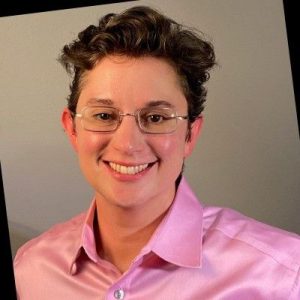
Sarah Dyson, Corporate Faculty, Harrisburg Universitry of Science & Technology
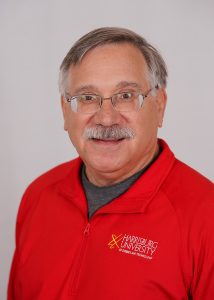
Joe Deklinski, Corporate Faculty, Harrisburg University of Science & Technology
2:45 PM – 3:00 PM | Break
3:00 PM – 3:45 PM | Breakout Session 5
HIDDEN
Your content goes here. Edit or remove this text inline or in the module Content settings. You can also style every aspect of this content in the module Design settings and even apply custom CSS to this text in the module Advanced settings.
Track 1: The CALM method (“Closely Aligned, Loosely Managed”)
Many new project managers start new projects with the default stance that it is their job to create a detailed plan and maintain it. They spend their days pestering the team for updates so that they can update their detailed lists. Before they know it, their days are primarily consumed by playing catch-up and updating their plans instead of helping the team get things done. It’s a recipe for failure.
We now live in a culture where any company that is looking to move faster and with less waste subscribes to Agile methodologies—build incrementally, fail fast. Teams have defined workflows they use to get work done every day, and they are highly productive when they use processes they already have to churn out work. Teams benefit more when project leaders create plans that complement their current workflows and boost productivity, instead of slowing them down to check off items from a list.
The CALM method is a new paradigm that can be used to align teams without a detailed plan. CALM stands for “Closely Aligned, Loosely Managed” and what is clever about the name is that it also reflects the state of mind of the project leader; When you have confidence that your team is aligned with the right priorities and you trust them to get things done, it also makes you a much calmer leader.
The CALM method works best when you have teams that are already accountable and have their own methods for shipping work. In distributed work environments or environments of large conglomerate teams, CALM also works particularly well because it allows each of the sub-teams to use the processes that work best for them to achieve the desired outcomes.
How can you use CALM with your teams? Attend this session to find out.

Anh Dao Pham, VP, Product & Program Management, Edmunds.com
Track 2: Managing Change in Evolving Landscapes
In the advent of digital re-imagination, the demand for higher velocity product delivery and superior customer experience has risen to the foreground. In order to effectively support the evolving landscape, product development and quality engineering methodologies must rapidly evolve and mature as well.
The adoption of accelerated and iterative agile application development best practices and the need for superior software development and quality engineering methodologies is paramount. Of course, there are many considerations and challenges to overcome.
By drawing from past experiences, lessons learned, and industry wide process and procedures quality engineering organizations are re-imagining and defining a new future for quality engineering in a DevOps landscape.
The new Future of QA & Testing organization can be characterized in several dimensions including leaner process, extreme Automation, open-source adoption, new roles in QA & Testing organizations, with embedded quality and testing teams working closely with the Business, Development & Design organization(s), and operations and embracing the DevOps model.
Foundationally this approach to testing is named “Quality Driven Delivery” and one of the primary tenets is “Spherical Shifting” which involves raising the awareness and importance of superior quality through the entire landscape by “shifting left”, “Shifting Right” and “Shifting Side to Side” across organizations and verticals with “Spherical Shifting”.
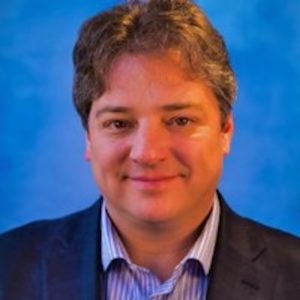
Doug Sanders, AVP Engineering, Coforge
Track 3: A discussion about effective leadership in people-oriented environments and using the understanding to improve leader-follower relationships
In its history and evolvement, leadership has overturned the concept of a definite prescription on how to wield it successfully. With leadership, perfection is a close-to-impracticable notion and successful leaders are often context-specific. Organizations, workplaces, and other avenues that present an opportunity for leadership and followership also come with a measure of dynamism, change, and uncertainty. More than ever before, empathy, authenticity, and relatability are key attributes that followers expect to see in a leader. These qualities are not a walk in the park. Authenticity demands a significant level of vulnerability from the leader; empathy does not come without understanding and the willingness to embrace different perspectives; practical relatability demands that the leader share some proportion of power. The demands of these qualities are not adverse in themselves; they could help build admirable leadership. However, when combined with the need for creativity, effectiveness, and collaboration, the level of complexity goes a notch higher.
Does this mean that successful leadership in an environment with all the aforementioned factors is unattainable? Certainly not. A leader that will thrive without diminishing the tenets of effectiveness, collaboration, and creativity can do this by embracing a growth mindset – a mentality where a leader is comfortable with trying and possibly failing, but then quickly learning from that failure and translate failure in various novel forms to realize a “necessary for growth” experience.
In this presentation, I will discuss how those that embrace this mindset for growing without losing the sense of shared humanity, can create environments where teams can thrive and followers are enabled to maximize collaboration and productivity.
Value to Attendees: Attendees will learn practical ways to embrace a growth mindset in relational leadership; and through successful leader-follower relationships, facilitate effectiveness, competence, and creativity.

Otitoloju Ojuolape, Food Safety Manager, Restaurant Depot
Track 4: Change Agent Competencies for Project Managers
In today’s fast-paced world, changes are an expected part of organizational life. However, employees can experience change fatigue or resist changes. A change agent, someone who can champion the changes, helps the organization mitigate these effects and can smooth out the change process. Because they are at the forefront of many changes, project managers are uniquely positioned to directly impact the change process.
A change agent is a catalyst for the change, someone who champions the cause and helps energize team members and keep the momentum and energy on projects. Change agents must think and act strategically, adapt to organizational forces, promote innovation and versatility, deal with paradox and ambiguity, respond rapidly, set performance measures, demonstrate integrity and trust, find common ground, act with courage and perseverance, and champion new ideas.
Each of these characteristics and behaviors sync neatly with the project manager’s role. The presentation will explore the characteristics of a change agent, compare them to a project manager’s traditional role, and offer suggestions for how project managers can better incorporate a change agent role into their daily duties.
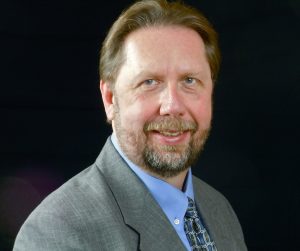
David Fulton, Consulant, Momentum, Inc.
3:45 PM – 4:00 PM | Break
4:00 PM – 5:00 PM | Endnote
HIDDEN
Your content goes here. Edit or remove this text inline or in the module Content settings. You can also style every aspect of this content in the module Design settings and even apply custom CSS to this text in the module Advanced settings.
A Multidiscipline Conversation About The Future Of Projects
The Center Directors for HU’s research centers come together to discuss the future of projects from the perspective of their discipline. Based on the research with which the center engages, What do they project for the future of project professionals?
